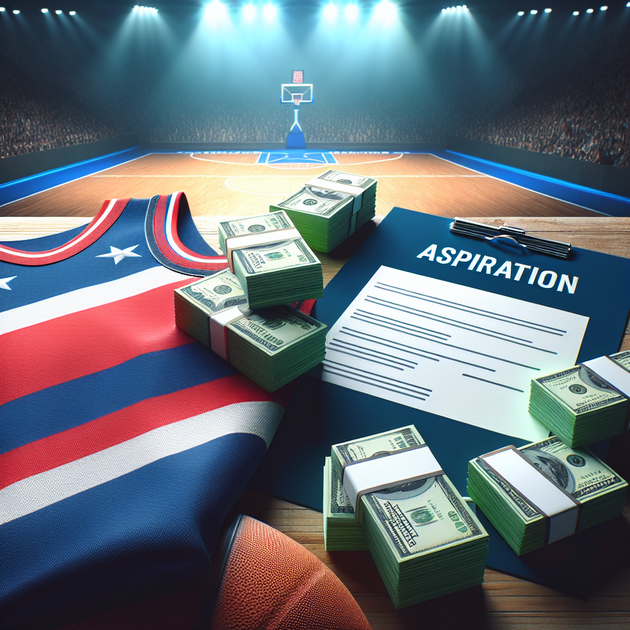Have you ever wondered how much money actually moves around behind those blockbuster NBA deals? Here’s a jaw-dropper: reports say the LA Clippers sent a whopping $32.4 million to Aspiration—the very same day Kawhi Leonard inked his now-infamous “no-show” contract with them. So what’s really going on here?
Breaking Down the Clippers Aspiration $32.4M Transaction
Let’s start with the basics—according to recent reports floating around Reddit and sports news circles, the LA Clippers made a huge payment of $32.4 million to a fintech company called Aspiration on the exact day they signed Kawhi Leonard to a contract that’s been dubbed a “no-show” deal (meaning he wasn’t expected to play much or at all).
Now, if you’re scratching your head wondering why an NBA team would wire such a massive sum to a financial tech company right when signing their star player, you’re not alone.
Here are some ways this could play out:
- Marketing Partnership: Teams often sign sponsorship deals with companies in exchange for cash infusions or promotional tie-ins.
- Endorsement Routing: Sometimes player endorsements are routed through third-party companies for tax or contractual reasons.
- Salary Cap Loopholes: There are plenty of creative ways teams try (legally or otherwise) to get around salary cap restrictions.
- Investment Schemes: Big organizations sometimes partner with financial firms for investments or mutual ventures.
Whatever the real reason is, it definitely raises eyebrows about how smoothly business and basketball can blend.
Kawhi Leonard Contract and ‘No-Show’ Deals Explained
Kawhi Leonard is no stranger to headline-grabbing contracts—but this one takes it up a notch because of that “no-show” label attached to his new deal with the Clippers.
What exactly is a no-show contract? It’s basically an agreement where everyone quietly expects that the player won’t actually play much—maybe due to injury concerns or just taking time off—but still gets paid as if they’re expected to suit up every night.
Some folks see these deals as strategic ways for teams to keep superstars happy (and under contract), while others view them as bending the spirit of league rules.
The Curious Case of Sports Sponsorships
Let me share a quick story—back in college, my favorite basketball team suddenly had its arena renamed after a little-known bank no one had heard of before. At first glance it seemed random… until two of our best players started starring in ads for that bank! Turns out, these partnerships can be pretty tangled.
In pro sports, especially leagues like the NBA where every dollar counts under tight salary caps, creative arrangements between teams and sponsors are everywhere:
- Naming rights for arenas
- Sneaky apparel partnerships
- “Official” team banking partners
- Player-branded credit cards
In this case—with the Clippers sending millions to Aspiration while signing Kawhi—it looks like another example where business interests overlap with player contracts in unexpected ways.
What This Means for Fans—and for Basketball
So why should fans care about a behind-the-scenes money move like this? For one thing, it gives us all an inside look at just how complex—and intertwined—NBA team finances have become.
Teams don’t just pay salaries anymore; they juggle sponsorships, tax strategies, investment partnerships, and more. All of these moving parts affect ticket prices, jersey sales… even which players end up on your favorite roster.
Here’s what might be at stake:
- The integrity of salary cap rules
- The transparency of player compensation
- The growing influence of corporate sponsors in shaping teams’ decisions
And let’s be honest—the more we know about these deals, the better we can hold our teams accountable (or at least understand why ticket prices keep going up).
So what do you think—is this just smart business by the LA Clippers and their partners? Or does it cross a line when financial deals start shaping who plays… or doesn’t play… in your favorite games?

Leave a Reply